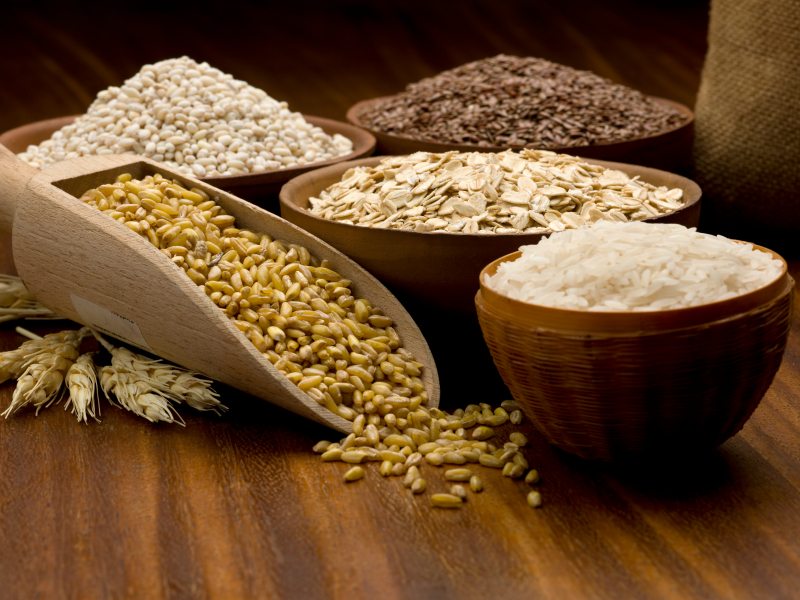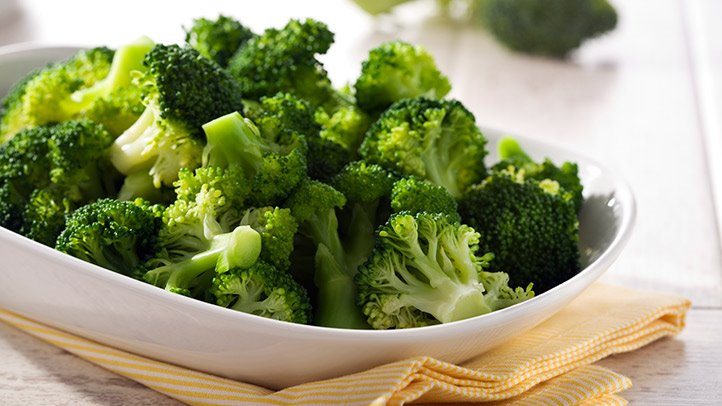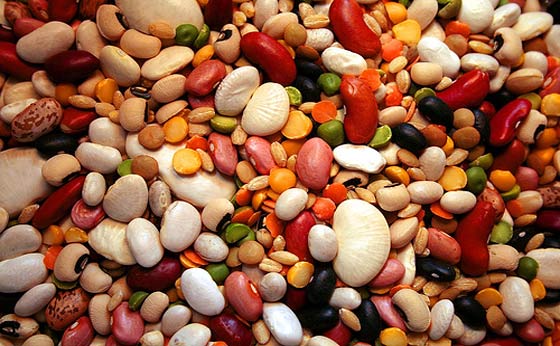Can high-fiber diets really do all they claim to do? Studies suggests a strong connection between high-fiber diets and many illnesses, including colon cancer, coronary heart disease and diabetes. Low-fiber diet are linked into many of these diseases.
Dietary fiber is widely classified into soluble and insoluble fiber. Soluble fiber is fermented in the colon, and plays a role in slowing the absorption of glucose into the bloodstream. It encourages the growth of the ‘friendly’ bacteria that help break down bile, and are involved in the formation of B vitamins like folic acid, niacin, and pyridoxine.
Insoluble fiber, on the other hand, acts a bit like an intestinal broom. It provides bulk to the stools, and makes sure they pass through easily and quickly. Insoluble fiber does provide a feeling of fullness. This makes it great for weight loss and controlling hunger. It also keeps blood sugar levels more stable. Dietary fiber can be rated by its Glycemic Index, a relative ranking of carbohydrate in foods according to how they affect blood glucose levels. Carbohydrates with a low GI value (55 or less) are more slowly digested, absorbed and metabolized and cause a lower and slower rise in blood glucose and, therefore insulin levels.
The role of fiber in healthy diets is very important. It is a wonder element that should be a large part of any diabetic diet meal plan. In people with type 2 diabetes, it has been found to lower the levels of ‘bad’ cholesterol, and increase the levels of ‘good’ cholesterol. It has already been established that fiber supplements will lower the levels of bad cholesterol in people, whether they have diabetes or not. Fiber supplements can also decreased the re-absorption of cholesterol from meals. So if you are pre-diabetic, it can assist in delaying the diagnosis of diabetes or if you are already diabetic it can help keep your blood glucose under control.
The type of fiber that a diabetic needs to eat to gain these benefits is soluble fiber (dissolves in water). Some good sources of soluble fiber include:
Whole Grains
Wheat, oats, barley, wild or brown rice, amaranth, buckwheat, bulgur, corn, millet, quinoa, rye, sorghum, teff and triticals. By far, wheat, oats and wild or brown rice are most common. Always buy whole grain products. White bread, baked goods and rolls almost always are made from wheat flour. Wheat flour is white because most of the fiber, vitamins and other nutrients have been removed. Try not buy enriched grains. What this means is that simple white flour has had vitamins added to it by the manufacturer. The word, enriched, implies a good and healthy product. On the contrary, enriched means that most of the fiber has been removed and a few vitamins added.

Fruits
Fruits come from trees such as apple and pear or from bushes or vines. You should eat a wide variety of fruits, preferably with every meal. In many cases, the skin of a fruit such as apple will contain much of the insoluble fiber while the pulp contains most of the soluble fiber. To the extent possible, buy organic fruits as these will have little or no pesticides. Always wash fruit.

Vegetables
Eat a wide variety of vegetables. They should be a mainstay of lunch and dinners. Frozen vegetables retain as much nutrition and fiber as fresh vegetables. As with fruit, try to buy organic to reduce any residual pesticide ingestion. Wash fresh vegetables thoroughly. Cruciferous vegetables such as broccoli, Brussels sprouts and cauliflower contain certain chemicals such as sulforaphane. This substance has very strong anti-cancer properties and should be eaten frequently.

Legumes, Beans, Peas and Soybeans
These vegetables have plenty of soluble fiber and should be part of a varied vegetable intake. Beans, in particular, contain a certain type of fiber that may lead to harmless gas or bloating.

Nuts and Seeds
These are rich sources of fiber and are a good substitute for sweets such as candies and baked sweet goods. While nuts and seeds are rich in fiber, they also contain vegetable fat and so do add calories.

As you can see, fiber has big benefits for your health — from losing weight to preventing chronic diseases including diabetes. So start adding more of this healthy compound into your diabetic meal plan today!
Of course, it is best to always speak to a registered dietitian before changing your diet. At Medshape, we can get you started on the road to good nutrition and better health. The better you understand your diet, the more flexibility you can enjoy.


























Leave A Comment